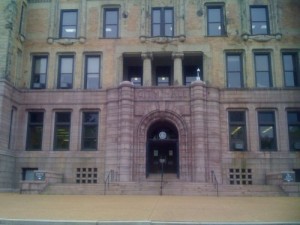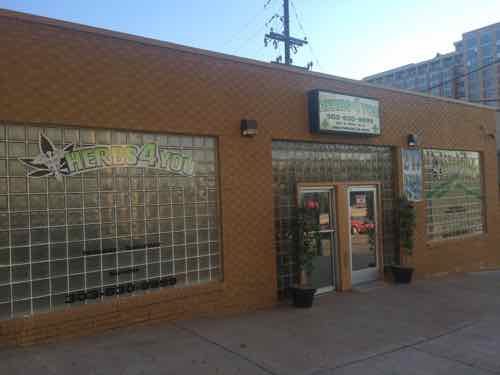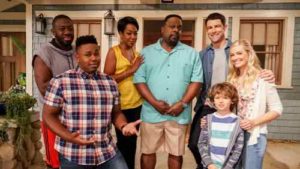Columbus Sculpture Should Remain in Tower Grove Park, Namesake Holiday Renamed Indigenous Peoples’ Day
|
|
The late Henry Shaw (1800-1889) was an important part of St. Louis’ history, the Missouri Botanical Garden & Tower Grove Park are two of his creations. He’s celebrated locally, but he was also a slave owner for nearly 30 years.
Maybe one thing people may not realize is for a time between 1828 and 1855, Shaw was a slave owner. When he came to St. Louis, he wrote back to family that he was against that practice, it had been outlawed in England. He was disgusted with the practice. We don’t really know what changed his mind … was it a manner of business? His ownership of slaves ends prior to his establishment of the Missouri Botanical Garden. (St. Louis Public Radio)
This labor likely helped him amass his fortune. Once retired he began to donate his fortune, founding the Missouri Botanical Garden at his country estate in 1859 and donating land for Tower Grove Park less than a decade later:
In 1866, a 66-year-old retired St. Louis merchant—Henry Shaw—approached St. Louis mayor James S. Thomas with a proposition. Shaw, who had already established the Missouri Botanical Garden on part of the estate surrounding his country villa, wanted to donate a still larger tract to the city of St. Louis as a pleasure ground for the citizenry. According to a contemporary, Shaw believed that parks were important “not only as ornaments to a great city, but as conducive to the health and happiness of its inhabitants and to the advancement of refinement and culture.”
Tower Grove Park was thus founded on October 20, 1868, as a gift from Shaw to the city of St. Louis. At that time, there were only 11 parks in the city. The only conditions Shaw imposed on his gift were 1) that it “shall be used as a park forever,” and 2) that an “annual appropriation” be made by the city “for its maintenance.” Today, as per Shaw’s estate, Tower Grove Park is the only public city park in the City of St. Louis to be managed by an independent Board of Commissioners and staff. Shaw’s particular interest in the classics and European travel are reflected today in the Victorian architecture of the Park’s historical treasures. (Tower Grove Park)
Shaw was instrumental in how the land became the park we know today.
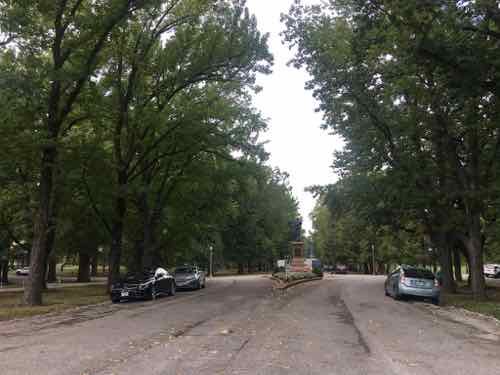
Near the end of his life he hired German-born artist Ferdinand von Miller II for three works:
His statue [of] Christopher Columbus was the last of three figures that Henry Shaw commissioned from von Miller for Tower Grove Park, and it was the first Columbus statue to be erected in the United States. The benefactor and the sculptor were both detail-oriented men and argued over whether Columbus would have worn a beard. Shaw insisted that the statue have one, even though the sculptor’s research indicated that Genoese sailors of that time were beardless. In the end both men got their way. Columbus is depicted with a full beard, but near his foot is an inscription added by the artist (in German): “It is not my fault that the head of Columbus is not true, but the wish of the client.” (Regional Arts Commission)
This may be the first Columbus statue, but there were obelisks/monuments around the country prior to 1884.
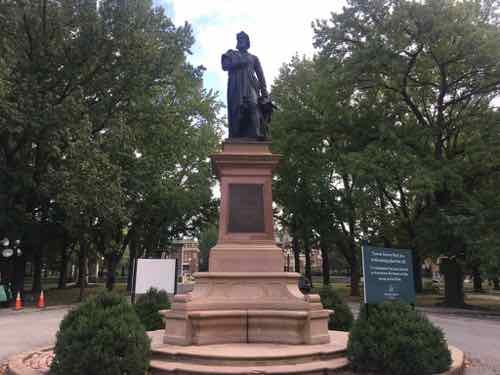
We now know Columbus wasn’t someone to celebrate:
On his first day in the New World, he ordered six of the natives to be seized, writing in his journal that he believed they would be good servants. Throughout his years in the New World, Columbus enacted policies of forced labor in which natives were put to work for the sake of profits. Later, Columbus sent thousands of peaceful Taino “Indians” from the island of Hispaniola to Spain to be sold. Many died en route.
Those left behind were forced to search for gold in mines and work on plantations. Within 60 years after Columbus landed, only a few hundred of what may have been 250,000 Taino were left on their island.
As governor and viceroy of the Indies, Columbus imposed iron discipline on what is now the Caribbean country of Dominican Republic, according to documents discovered by Spanish historians in 2005. In response to native unrest and revolt, Columbus ordered a brutal crackdown in which many natives were killed; in an attempt to deter further rebellion, Columbus ordered their dismembered bodies to be paraded through the streets.
In addition to the controversy over enslavement and violent rule, the “Age of Exploration” that Columbus helped lead had the additional consequence of bringing new diseases to the New World which would, over time, devastate the native populations of many New World islands and communities. (history.com)
His exploration led to the colonization of many countries, and the brutal treatment of many native inhabitants.
In May 2017 I argued, unsuccessfully, the Confederate memorial in Forest Park should remain — accompanied with information on slavery, Jim Crow laws, and racial segregation in St. Louis. See: Confederate Memorial in Forest Park Built During A period of High Racial Tensions in St. Louis.
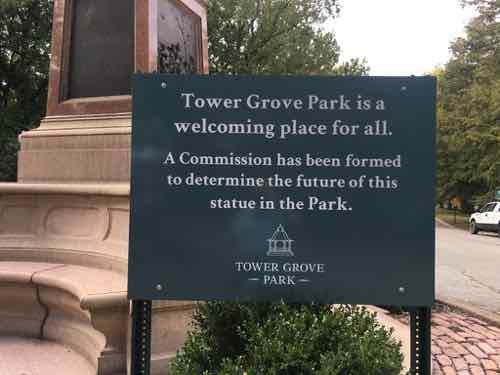
The park is taking a very deliberate effort to study what to do next:
No decisions have been made about the statue other than to assure its protection while the Columbus Statue Commission’s work is underway. They will work during the fall to consider the proper role and future of the statue in the Park. They will consider all issues and points of view related to the statue, its history, what it represents to various communities, its place in the Park’s historic design and national landmark status, and how the various perspectives within the neighborhood and larger St. Louis community can best be represented.
The Statue Commission will actively seek and consider all points of view from citizens, community groups, Park constituents, public officials, experts and others about the statue. In the tradition of the Park’s welcoming role in the community, we intend that there be opportunities for all with views or information about the statue to have their voices heard.
The Statue Commission will make long-term recommendations to the Tower Grove Park Board of Commissioners. (Tower Grove Park)
You can submit feedback here.
Like the now-removed Confederate memorial, I think this statue should remain. Unlike the Confederate memorial, this is one of three statues commissioned by the park’s visionary founder, not added later by a group trying to rewrite history. It has a prominent location, has for over a century. I don’t think we should remove it. I also don’t think it should remain without something telling of the atrocities he committed, and how those were largely unknown/ignored in Shaw’s time.
If it is removed, a new sculpture should take its place. Can’t think of an appropriate person. Regardless of this statue, Columbus shouldn’t be celebrated with a national holiday.
— Steve Patterson

